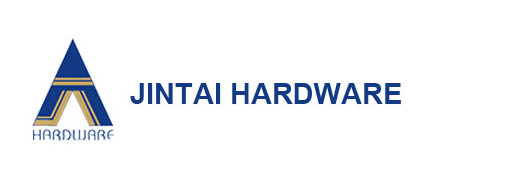Many friends are always confused about oil bearing and self-lubricating bearing. Today, I will introduce the difference between oil bearing and self-lubricating bearing:
What is an oil bearing?
Oil-impregnated bearings use metal powder as the main raw material, and the sintered body made by powder metallurgy is inherently porous, and has the technical advantages of freely adjusting the number, size, shape and distribution of pores during the manufacturing process. Using the porosity of the sintered body, it is impregnated with 10%-40% (volume fraction) of lubricating oil and used in the state of self-lubricating. During operation, the temperature of the bearing rises. Since the expansion coefficient of oil is larger than that of metal, it automatically enters the sliding surface to lubricate the bearing. Oil-impregnated bearings can be used for a long time by adding oil once, and are often used in occasions where it is not convenient to add oil.
What is a self-lubricating bearing?
Self-lubricating bearings are divided into composite self-lubricating bearings, solid-inlaid self-lubricating bearings, bimetallic self-lubricating bearings, and special-material self-lubricating bearings. Different self-lubricating bearings are selected according to different uses and working conditions. One of the major types of solid-inlaid self-lubricating bearings (JDB for short) is a novel lubricating bearing that combines the characteristics of metal bearings and oil-free lubrication bearings. The metal matrix bears the load, and the specially formulated solid lubricating material plays the role of lubrication.
The difference between oil bearing and self-lubricating bearing is as follows:
1. Oil-impregnated bearings are formed by combining metal powder with a structural gap of 10-40%; the embedded self-lubricating bearing matrix is made of centrifugal casting; the density of the matrix is relatively high, the bonding strength is higher than that of oil-impregnated bearings, and the service life is longer than that of oil-impregnated bearings. To be long
2. The lubricating material of the oil-containing bearing is lubricating oil, and the oil film has enough thickness to eliminate the direct contact between the two friction surfaces. At this time, there is only friction between liquid molecules, so the friction coefficient is very small (f = 0.001 to 0.008), which significantly reduces friction and wear; while the lubricating material of the inlaid self-lubricating bearing is a solid lubricating material, even in the absence of oil Under working conditions, the good lubrication effect can still be removed, which can ensure the uninterrupted and sustainable lubrication, and its effective lubrication life is consistent with the life of the substrate;
3. The lubricating oil in the oil-containing bearing is volatile and easy to lose. The lubricating oil film loses faster under high temperature and high pressure, and cannot obtain its due lubrication effect; while in the graphite copper sleeve, the solid lubricant is rubbed by the solid in the hole or groove. The lubricant transfers or reverses to the friction surface, forming a solid transfer film with good lubrication, firm adhesion and uniform coverage on the friction surface, which greatly reduces friction and wear. As the friction progresses, the embedded solid lubricant is continuously provided on the friction surface, ensuring good lubrication of the friction pair during long-term operation.
CATEGORIES
Latest news
- FB090/FB092 Wrapped Bronze Bearings
- Shock Absorber Upper & Lower Bush
- Hollow Shaft Magnetic Ferrofluid Vacuu
- Bronze Sliding Du Bush Bearing, Bronze
- Magnetic Ferrofluid Vacuum Sealing Fee
- Metal-polymer,Low Friction,Plain Beari
Contact us
- ADD: No.503,Hunan International Commerce Center, Jintai Square,Changsha 410001,Hunan
- TEL: 86-731-84770165
- FAX: 86-731-84770163
- E-mail: sales4@@slide-bearing.com

